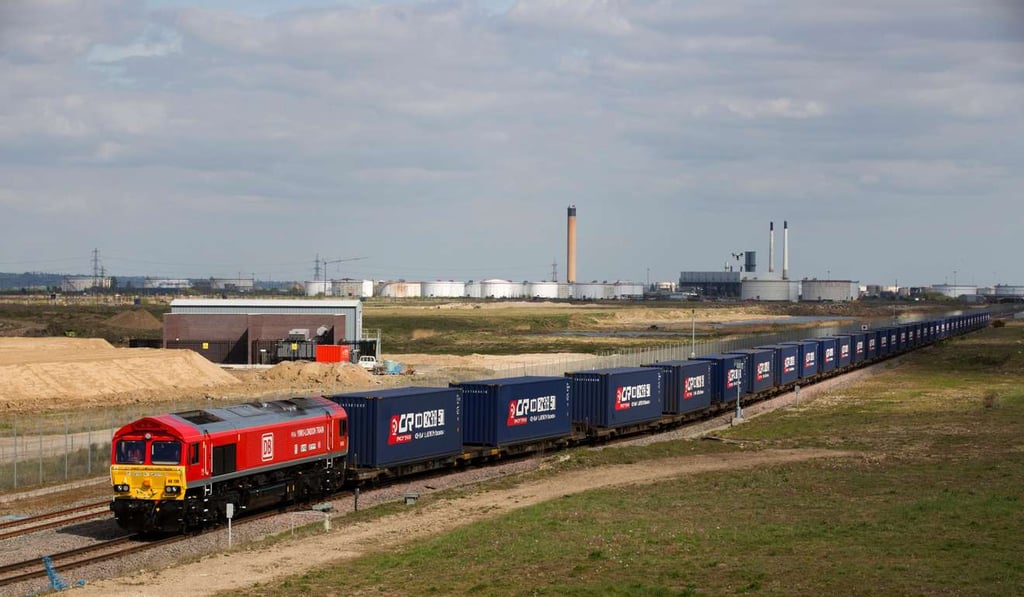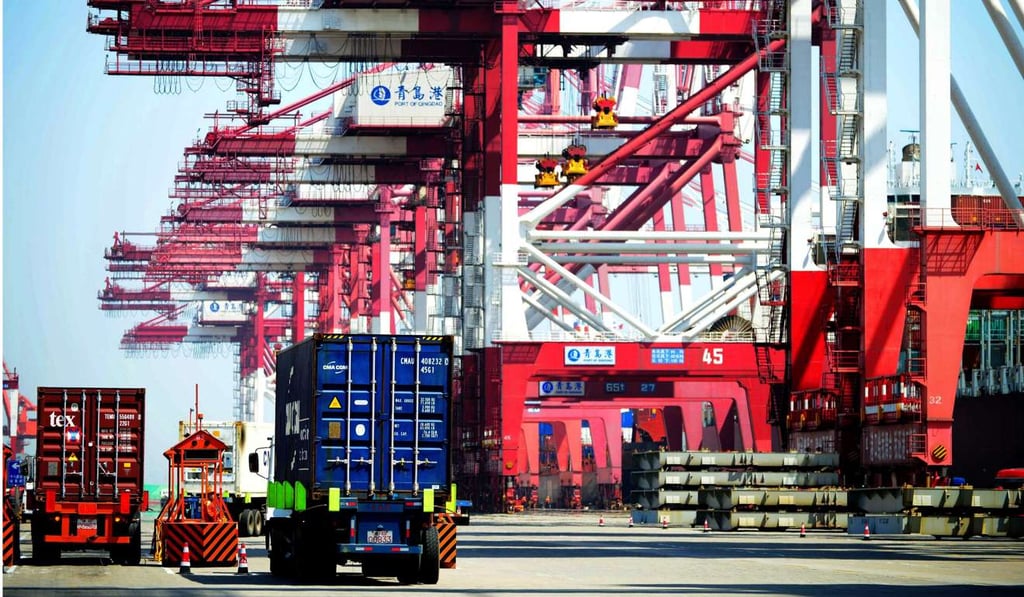Abacus | Puffing across the ‘One Belt, One Road’ rail route to nowhere
Compared to sea or air, the Europe-China freight service just makes no economic or environmental sense, either coming or going

Two weeks ago, a 34-wagon freight train trundled out of the London Gateway container terminal on the UK’s Thames estuary bound for Yiwu in China’s Zhejiang province. It is still on its way. As you read this, it will be hauling its cargo of pharmaceuticals, vitamin pills, baby milk, soft drinks and Scotch whisky across Central Asia. It is expected to arrive at its final destination towards the end of this week, probably on Friday.
By the time it does pull into Yiwu, the train will have completed an epic journey, chugging 12,000km across nine countries in 18 days, with multiple stops along the way to switch locomotives and trucks to cope with all the changes in railway gauges and signalling systems.

The first of what is intended to be a regular eastbound rail freight service between London and China, the train had its departure duly hailed by China’s state media as a landmark achievement for President Xi Jinping’s (習近平) pet “Belt and Road” project to extend China’s economic influence across Asia to Europe. The junior British trade minister wheeled out to wave it off was reported to be “delighted” it was leaving.
Possibly he was. But while the logistical complexity involved in mounting the new service is undeniably impressive, the claims made for its economic and environmental benefits fail to stand up to scrutiny.

